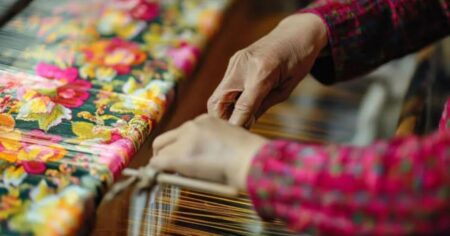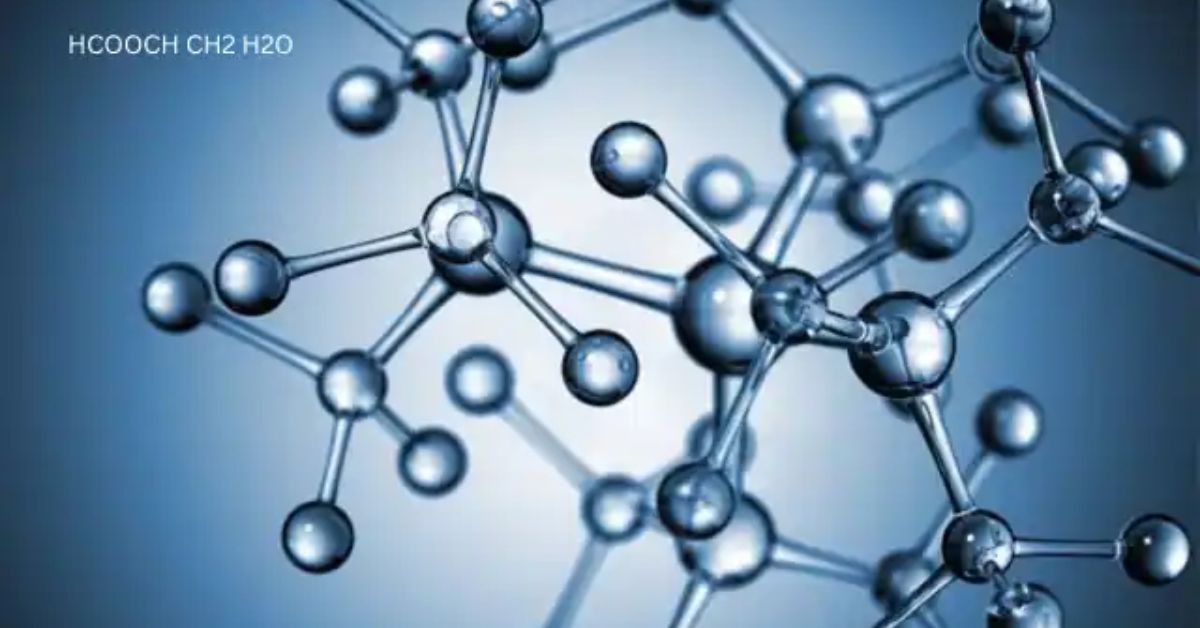Have you ever felt the pain or irritation of a blisterata? These tiny, bubble-like spots on your skin can be a small bother or sometimes really painful. In this article, we’ll talk about what causes blisterata, how to treat it, and smart ways to stop it from happening. Let’s begin and understand more about this common problem.
Introduction
Ah, the ever-persistent blisterata – those tiny bubbles that appear seemingly out of nowhere, reminding us of their presence with every step we take. Whether you’re an athlete striving for peak performance or someone who simply enjoys a leisurely stroll, it can disrupt your plans and cause undeniable discomfort.
Understanding Blisterata
What Are Blisters?
Blisters are fluid-filled sacs that form between the layers of the skin. They act as a natural barrier against infection, protecting the underlying skin as it heals from damage.
The Different Types of Blisters
There are various types of blisters, including friction blisters, heat blisters, and blood blisters. Each type has its distinct causes and characteristics.
Introducing Blisterata: What Makes It Different?
Blisterata is not your typical blister. It’s a specialized type that often emerges from prolonged friction, intense heat, or excessive moisture.
Causes of Blisterata
Friction and Its Role in Blister Formation
Friction, caused by repetitive rubbing of the skin against a surface, is a primary cause of blisterata. This commonly occurs when poorly fitting shoes create constant friction.
Footwear Fiascos: Ill-Fitting Shoes and Blisters
Wearing shoes that don’t fit properly can lead to it. The friction between your foot and the shoe’s interior can result in the formation of these pesky bubbles.
Moisture and Heat: Common Culprits
Moisture and heat soften the skin, making it more vulnerable to friction and damage. Sweat-soaked skin, especially in combination with snug footwear, can lead to blisterata.
Skin Conditions and Blister Development
Certain skin conditions, like eczema and allergic reactions, can increase the likelihood of developing blisterata. The compromised skin barrier is more susceptible to blister formation.
The Art of Treatment
Over-the-Counter Remedies: Do They Work?
Over-the-counter blister treatments, such as adhesive bandages and blister pads, can provide relief and protection. They create a barrier against further friction.
Proper Blisterata Drainage: A Step-by-Step Guide
If blisterata is large or painful, draining it might be necessary. Remember to maintain proper hygiene, use a sterilized needle, and leave the overlying skin intact to prevent infection.
Medications and Prescription Solutions
In some cases, healthcare professionals might recommend prescription creams or ointments to accelerate healing. Antibiotics might be prescribed if infection sets in.
Home Remedies: Nature’s Approach to Healing
Natural remedies like aloe vera gel and tea tree oil can soothe blisterata and promote healing. They possess anti-inflammatory and antimicrobial properties.
Prevention Tactics
Choosing the Right Footwear: A Key Preventive Measure
Investing in well-fitting shoes with ample toe space can significantly reduce the risk of blisterata. Avoid shoes that are too tight or have stiff materials.
Socks Matter: The Impact of Fabric and Fit
Opt for moisture-wicking socks made from materials like merino wool or synthetic blends. These socks keep your feet dry and minimize friction.
Keeping It Dry: Moisture-Wicking Techniques
Use talcum powder or specialized foot powders to keep your feet dry, especially during physical activities. Dry skin is less prone to blister development.
Protective Measures for Vulnerable Areas
If you’re prone to blisterata on specific areas, consider using cushioned pads or silicone protectors to reduce friction and provide a barrier.
When to Seek Professional Help
While most blisterata cases can be managed at home, seek medical attention if the blister is large, shows signs of infection, or if you have an underlying medical condition.
Debunking Blisterata Myths
“Popping a Blister Is the Best Solution”
Popping a blister increases the risk of infection. It’s best to let the blister drain naturally and protect it with appropriate coverings.
“Blisterata Only Affects Athletes”
It can affect anyone, not just athletes. Everyday activities and ill-fitting footwear can trigger its formation.
“Once a Blister Forms, It’s Too Late”
Taking preventive measures even after a blister forms can accelerate healing and prevent further irritation.
The Psychological Impact of Blisterata
Navigating the Emotional Effects
Dealing with blisterata can be emotionally challenging. The pain and disruption it brings can lead to frustration and even affect self-esteem.
Seeking Support and Coping Strategies
If blisterata is causing emotional distress, seek support from friends, family, or a mental health professional. Developing healthy coping strategies is essential.
Conclusion
In the battle against blisterata, knowledge is your greatest ally. By understanding the causes, treatment options, and prevention strategies, you can take charge of your skin’s well-being. Remember, prevention goes a long way, and when faced with it, a proactive approach can make all the difference.



















Leave a Reply
You must be logged in to post a comment.